There are officially six different types of asbestos, of which the 3 main types are: -
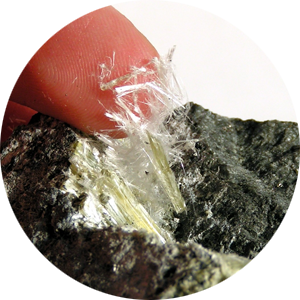
Chrysotile
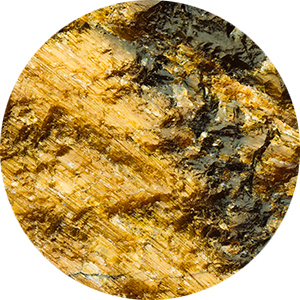
Amosite
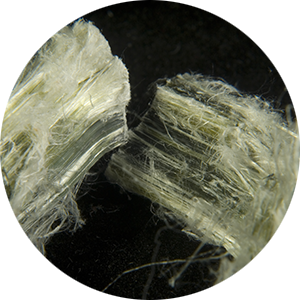
Crocidolite
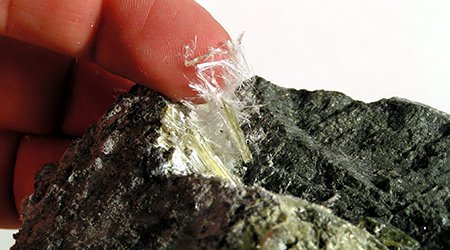 Chrysotile asbestos - commonly known as White asbestos due to its appearance
Chrysotile asbestos - commonly known as White asbestos due to its appearance
The Import and use of Chrysotile was banned in 1999 in the U.K.
Because of its popularity, Chrysotile asbestos can still commonly be found, and is usually in places such as roofing, ceilings, walls and flooring in both commercial and domestic buildings. Another place Chrysotile was used was in the brake linings, pads and gaskets of vehicles.
Chrysotile fibres have considerable tensile strength, and may be spun into thread and woven into cloth. They are also resistant to heat and are excellent thermal, electrical and acoustic insulators.
Bulk chrysotile has a hardness similar to a human fingernail and is easily crumbled to fibrous strands composed of smaller bundles of fibrils. Naturally-occurring fibre bundles range in length from several millimetres to more than ten centimetres
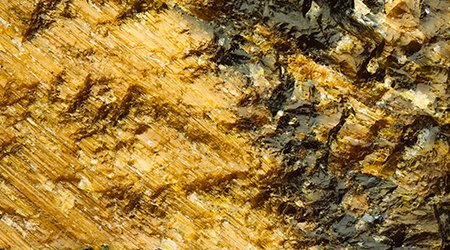 Amosite asbestos - also known as “Grunerite” and Brown asbestos
Amosite asbestos - also known as “Grunerite” and Brown asbestos
Amosite is a type of amphibole asbestos. The amphibole class of asbestos have straight, needle-like fibres that present an especially high risk of damaging the lungs when inhaled. Amosite’s distinctive brown or earthy grey colour comes from its high iron content.
Together with Crocidolite, Amosite was banned in 1985 in the UK, but prior to this it was commonly used in a range of applications. Amosite was a popular choice for pipe insulation, cement sheets, insulating board and other thermal insulation products.
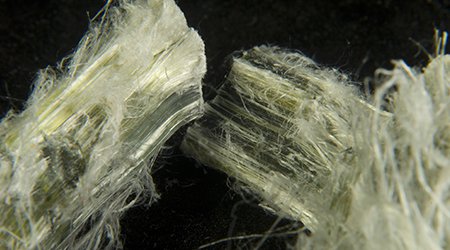 Crocidolite asbestos - commonly known as Blue asbestos due to its appearance
Crocidolite asbestos - commonly known as Blue asbestos due to its appearance
Crocidolite asbestos was one of the first groups of the mineral to be banned here in the UK back in 1985. Crocidolite was most commonly used in the insulation of steam engines and piping, along with Spray on coatings, Plastics, Cement products, Fireproofing & Insulation.
Crocidolite may be responsible for more deaths than any other type of asbestos, because its fibers are extremely thin, causing them to lodge more easily in lung tissue. The most common mining sites for this type of asbestos were Bolivia, Australia and South Africa.
Less common types which are come across are -
- Tremolite
- Actinolite
- Anthophyllite
These types are usually found as contaminants in other asbestos materials rather than being the main material used and therefore do not have their own colour classifications.
Tremolite asbestos
Different to the main types of asbestos, Tremolite is actually found as a contaminant in Chrysotile asbestos. Otherwise known as an amphibole, Tremolite is a fibrous mineral which has strong connections with cases of malignant mesothelioma during the 1960’s and 70’s.
Because tremolite “is high” in magnesium and iron and, similarly to crocidolite asbestos, its fibers are not very flexible. For this reason, tremolite asbestos was not suitable for industrial processing or manufacturing. However, because tremolite is often combined with other, more common types of asbestos, it can end up in many everyday materials, including home, garden, or car products. Most times, you won’t even know it’s there.
Actinolite asbestos
Similar to Tremolite asbestos, Anthophyllite is classified as an amphibole – needle like fibres in form. Due to the miniscule form of this type of asbestos, Anthophyllite is amongst the most likely to be inhaled. Like Tremolite, this type of asbestos was most commonly found as part of other asbestos forms, with trace amounts found in products such as talcum powder, vermiculite products and composite flooring.
Although less common than other types of asbestos, anthophyllite is one of the more dangerous. This is because of the shape of its fibres, which resemble fine, sharp needles (as opposed to chrysotile asbestos, which has curly, serpentine-like fibres). Not only are these needle-like fibres more likely to be inhaled, but they can also do a lot of damage once inside the lungs.
Anthophyllite asbestos
Similar to Tremolite asbestos, Anthophyllite is classified as an amphibole. Due to the miniscule form of this type of asbestos, Anthophyllite is amongst the most likely to be inhaled. Like Tremolite, this type of asbestos was most commonly found as part of other asbestos forms, with trace amounts found in products such as talc.